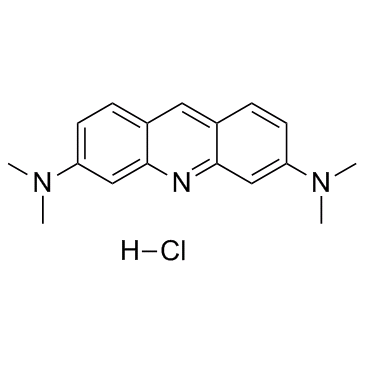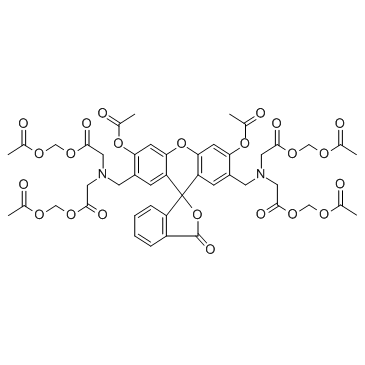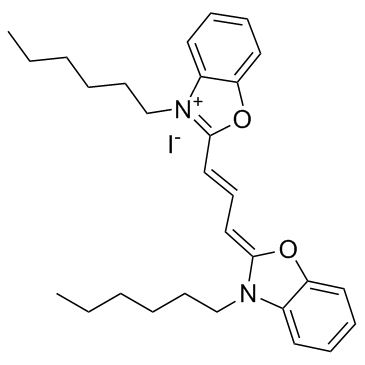| 结构式 | 名称/CAS号 | 全部文献 |
|---|---|---|
 |
吖啶橙
CAS:65-61-2 |
|
 |
细胞染色剂黄绿素-AM
CAS:148504-34-1 |
|
 |
碘代3,3'-二己氧基羰花青
CAS:53213-82-4 |